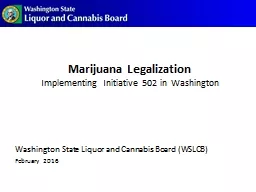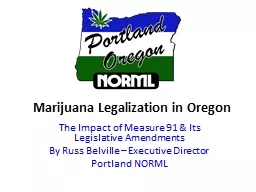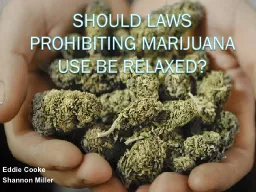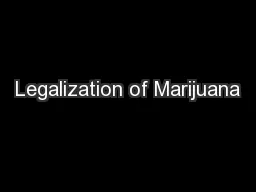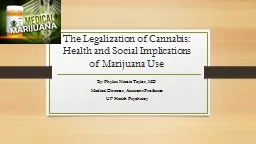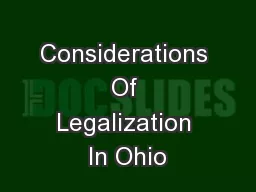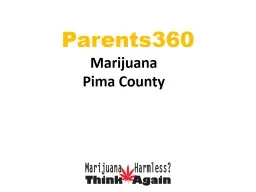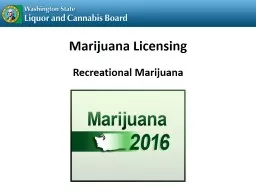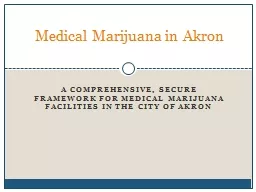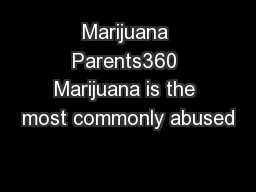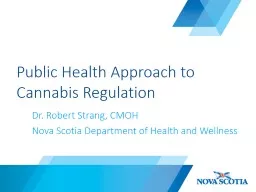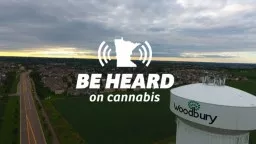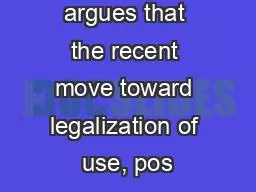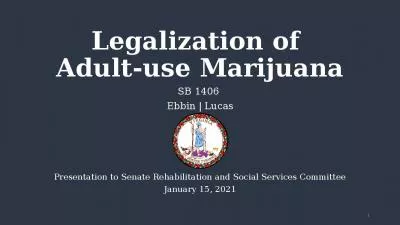PPT-Marijuana Legalization State of the Marijuana System
Author : kittie-lecroy | Published Date : 2018-11-21
Washington State Liquor and Cannabis Board WSLCB June 2016 Overview Highlights Agency objective for implementing I502 Sales activity Issues and challenges Looking
Presentation Embed Code
Download Presentation
Download Presentation The PPT/PDF document "Marijuana Legalization State of the Mari..." is the property of its rightful owner. Permission is granted to download and print the materials on this website for personal, non-commercial use only, and to display it on your personal computer provided you do not modify the materials and that you retain all copyright notices contained in the materials. By downloading content from our website, you accept the terms of this agreement.
Marijuana Legalization State of the Marijuana System: Transcript
Download Rules Of Document
"Marijuana Legalization State of the Marijuana System"The content belongs to its owner. You may download and print it for personal use, without modification, and keep all copyright notices. By downloading, you agree to these terms.
Related Documents

